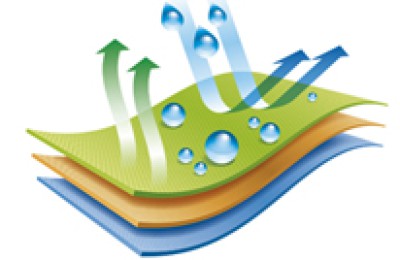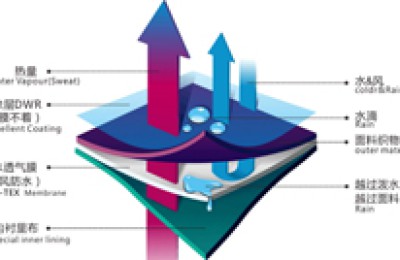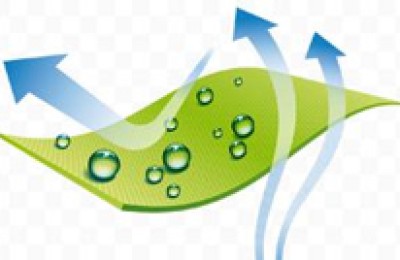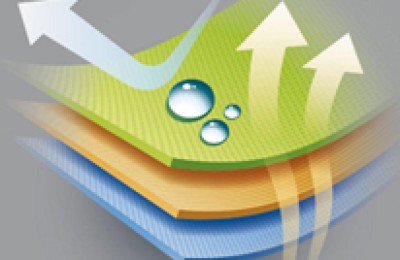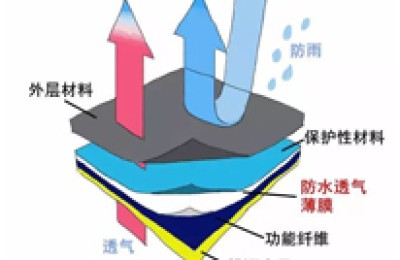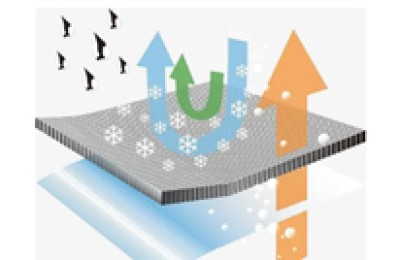Country Trade Risk Index (ERI): 97.95
Country risk reference rating: level 7 (7/9)
Country Risk Outlook: Stable
Economic and trade risks
Yemen is one of the least developed countries in the world, with a single industrial structure and an outdated and backward industrial base. After the new government came to power, it vigorously promoted market-oriented reforms, promoted the progress of foreign investment and private industry, and the economic recovery trend was obvious. Crude oil and natural gas are the core industries of its national economic development, so energy export revenue is still the main driving force to support its national economic development. The impact of international oil price fluctuations on the Yemeni economy is still significant. In 2012, Yemen’s nominal GDP was US$42.41 billion, and per capita GDP was US$1,670; the real economic growth rate was 3.2%, and the inflation rate was 10.2%. In 2012, the new Yemeni government vigorously promoted political reconciliation and economic revitalization, and the GDP growth rate that year rebounded to 3.2%. As the Yemeni government continues to introduce preferential policies to promote foreign investment and private capital investment, and strengthens the fight against terrorism, the economy begins to slowly recover, private investment grows rapidly, power and other construction speeds accelerate, and Yemen’s major oil companies also resume production and operations.
Bilateral trade and cooperation
The trade between China and Yemen is highly complementary. China mainly exports mechanical and electrical products, chemical fibers and textiles, rubber and food to Yemen, and imports petroleum and ancillary products, ore and copper products, leather and fish products from Yemen. Currently, China is Yemen’s largest trading partner. In terms of investment, as of 2011, China had directly invested US$190 million in Yemen, involving resource development, construction projects, etc. The main problems existing in bilateral economic and trade cooperation are: the domestic market development in Yemen is low, and trade irregularities are serious; the rule of law in Yemen is not yet complete, and commercial fraud is prevalent among local unscrupulous merchants; the local bank credit system is low, and Chinese companies have financial payment risks. higher.
Business environment
The business environment in Yemen is poor. There is a serious shortage of local power infrastructure and contract execution efficiency is average. However, Yemen is at an intermediate level in terms of obtaining building permits and property registration. But at the same time, Yemen’s judicial and administrative corruption is serious, administrative efficiency is low, transparency is low and bureaucracy is very prevalent. Yemen’s infrastructure is relatively backward. There is currently no rail transportation system. Transportation mainly relies on road transportation. The total length of asphalt roads nationwide is currently 16,437.1 kilometers. In recent years, in order to alleviate financial difficulties, the Yemeni government has vigorously promoted tax reform and shifted the focus of taxation from the commercial and trade fields to indirect taxes. In 2010, in order to promote economic revitalization, the government lowered the corporate business tax rate from 35% to an internationally competitive level of 20%. Yemen promulgated the Labor Law in 1995, which stipulates that employers must provide social insurance and personal accident insurance for employees. It also stipulates that employees cannot work more than 8 hours a day and are entitled to at least 30 days of paid vacation per year.
Overall risk assessment
As one of the least developed countries in the world declared by the United Nations, Yemen has a single economic structure and is overly dependent on the oil and energy industries, making it vulnerable to changes in the international market. Nearly half of Yemen’s citizens live below the poverty line, domestic consumption levels are extremely low, private capital is backward and investment capabilities are low, and the unemployment rate is as high as 35%. After the Hadi government came to power in 2012, it worked hard to improve the investment environment and provided tax, water and electricity concessions to attract foreign investment. However, the improvement was limited. The local transportation level was backward, and there was a serious shortage of water and electricity resources. Government departments were obviously bureaucratic, corrupt and ineffective. Low efficiency affects the confidence of foreign investors; although Yemen has a large young population, the quality of its labor force is low and they generally do not master foreign languages, making it unable to meet the employment needs of enterprises.
Based on the analysis and assessment of the current overall situation, Yemen’s country trade risk index (ERI) is 97.95, the country risk reference rating is 7 (7/9), the country risk level is significant, and the country risk outlook is stable.
(Issuing agency: China Export and Credit Insurance Corporation)

